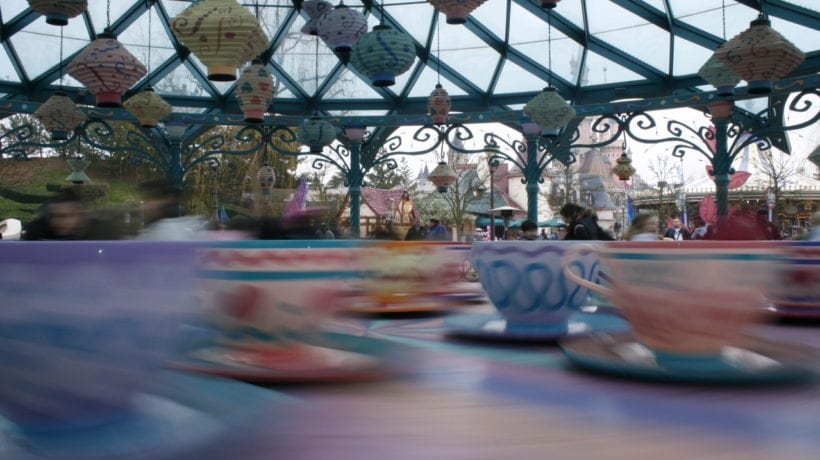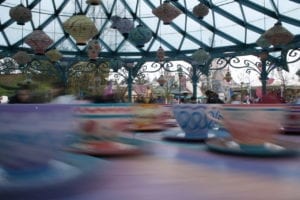Marketing through experiences is huge in the B2C world, and though not used as frequently in the B2B world of trade shows and events, it is still a highly effective way to develop a brand and make it memorable. Somewhere along the way many companies decided to opt for simplicity and forego the challenge of creating an experience. There are positives and negatives with both directions, but I would argue that the positives attributed to an experience are more directly in-line with marketing goals for trade shows and events.
What do you mean by experiences?
For those with children this is easy because what surrounds them surrounds you also. In fact, your child may have a themed bedroom in which an experience has been created (sports, beach, dollhouse, etc.). Think of the places that kids go; Disneyland, theme parks, laser tag, even play areas within McDonald’s, they are all immersive brand experiences created to drive home positive, memorable impressions that keep them coming back. They will also provide toys and various things as takeaways to frequently remind the child of that experience.
No kids? No problem. This is done for adults as well. Think about going to the mall and some of your favorite retail stores. The facade, the paint, the art, the music, the shelving, the attire of the staff, all details implemented specifically to cater directly to their target demographic and develop that experience for them. Think of Abercrombie & Fitch as an example.
B2C marketers seem to have this concept down, and routinely build experiences for their customers.
Why are they challenging in B2B?
B2C has the distinct advantage of permanence. Whether a theme park or brick and mortar store, the action is on the consumer to visit. Conversely, in B2B the seller is usually going out to where the consumer is (trade shows, events, going to their offices). The roles of passive and active get flipped. So the experience has to be temporary and often portable.
As we know, marketing budgets since 2009 have been under heavy scrutiny. The compromise it seems has been that if a company wants to participate in trade shows and events, they better do it cost effectively. This has caused the rise in smaller, lighter, easier to ship, easier to setup and cheaper to produce displays. I totally understand it, but at the same time I’ve walked shows, talked with attendees and worked on many exhibit designs. The most successful ones are the ones that go beyond simplicity and make a point to create a brand experience for their attendees.
How to create this experience?
Start by analyzing the branding and messaging of your company. Figure out which key takeaways you want your attendee to have. For example, we want them to say they care about their clients, they have a great combination of knowledge, products and experience that we would benefit from partnering with. Next step, identify a specific target audience. Beyond specifically who they are, consider what they like and what they respond to.
Once you have the key takeaways and the target demo figured out, start thinking about those impactful retail and theme park experiences. Map out a way to appeal to the senses of your specific clientele and try to include all five (see, hear, smell, touch, taste). Like attending a baseball game: you see the field and the uniforms, hear the crack of the bat and the cheers, smell the fresh air and peanuts, touch a leather glove or the cold condensation of a beverage and taste that ballpark hot dog, then leave with a ticket stub and maybe a foul ball as a reminder.
Create that immersive, sensory experience then provide a relevant takeaway to keep your brand on the mind of that attendee. If pulled off correctly, they will look forward to doing business.
Keep in mind this doesn’t have to be expensive, just creative. Think outside of the box and force your exhibit house to as well. Go off-menu so to speak. The best projects we work on like this have us sourcing items from outside of our general industry suppliers. It will be fun and rewarding for all.

